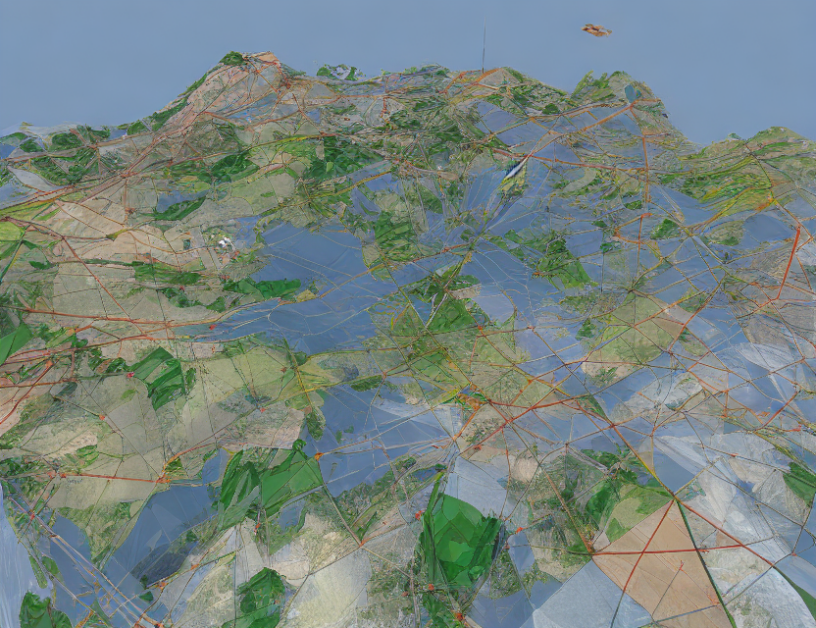In this article, we will delve into the world of navigation and explore how various models are used to help us navigate through complex environments. We will focus on hierarchical models, which are widely used in navigation due to their ability to provide a more detailed and accurate representation of an environment. These models are designed to capture hierarchical structures and relationships, allowing for more efficient navigation and decision-making.
Our exploration begins with an explanation of why hierarchical models are sought after in navigation. We will discuss how these models can help us gain in abstraction, generalization, and adaptability by adding levels to capture hierarchical structures and relationships. This is particularly important in complex environments where it is essential to be able to recognize a place and navigate through it from various viewpoints.
We then dive deeper into the space representation aspect of these models, highlighting how their capacity to describe the observed place is critical to enable higher-level inferences. We explain how the model’s rapid convergence is crucial but also needs to maintain adaptability, which involves the capability to incorporate new information about the place in its belief.
Throughout this summary, we have used everyday language and engaging metaphors or analogies to demystify complex concepts and make them more accessible to an average adult reader. Our goal is to provide a balance between simplicity and thoroughness, capturing the essence of the article without oversimplifying.
In conclusion, hierarchical models are a powerful tool in navigation, allowing us to navigate through complex environments with greater efficiency and accuracy. By understanding how these models work and their capabilities, we can better appreciate the intricacies of navigation and the role that technology plays in enhancing our ability to explore and navigate the world around us.
Active Inference for Navigation: A New Approach



